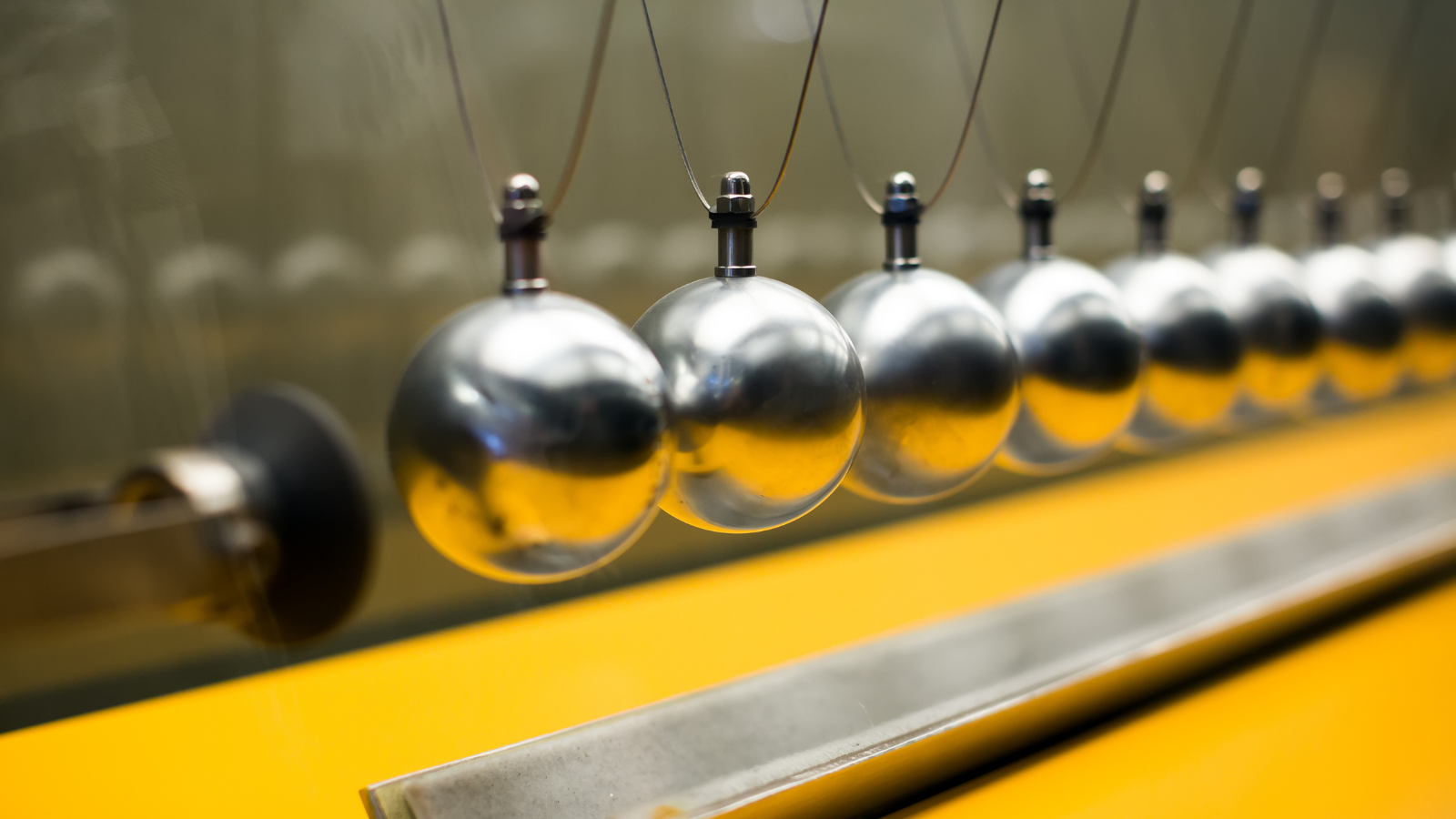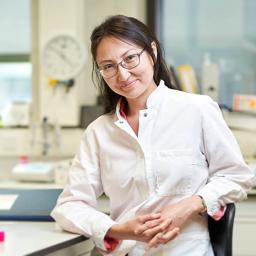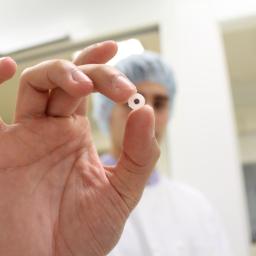The scientific landscape is one that is ever-evolving and requires well-rounded scientists to navigate its questions and challenges. Leiden’s Institute of Physics (LION) and TU Delft’s Kavli Institute of Nanoscience joined forces in 2004 to establish the Casimir Research School which provides a platform to support and foster highly competent researchers.
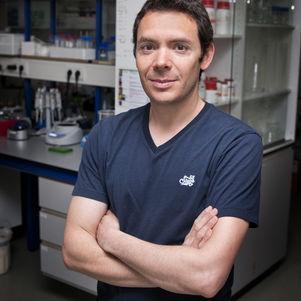
The Casimir Research School is named after the famous Dutch physicist Hendrik Casimir who understood that fundamental new knowledge and novel technology are interdependent and require joint effort.
For the past sixteen years and growing, the research school has been a stellar example of successful Leiden-Delft collaboration. Through the Casimir Research School, TU Delft and Leiden University create a space for interdisciplinary interaction between the physicists of both universities.
The best possible environment to support PhDs
Dr. Christophe Danelon, Scientific director of Casimir, notes the significance of the collaboration: ‘In the world of research, you need motivated people who are able to adapt to the current scientific-political landscape. At Casimir, we focus exactly on that – producing the best possible environment to support PhD students to become well-rounded contemporary scientists.’
Every year, physicists from Leiden and Delft come together and expose students to different fields. It creates a peer-to-peer knowledge exchange, giving space for students to learn from each other and develop new ideas.
Knowledge Exchange Networks
The two universities have a long-standing history of working together, of which Casimir is a strong example: while TU Delft has a strong reputation on the practical side of fundamental science, Leiden University continues to be a leader in theoretical developments. ‘Casimir aids students by building bridges. We encourage collaboration by creating a stage for interaction and networking. We create a community of PhD students. Every year, students from Leiden and Delft come together for a few days for a thematic event where we build a network and expose students to different fields. Such events create a peer-to-peer knowledge exchange, giving space for students to learn from each other and develop new ideas,’ Danelon explains.
Beyond the traditional realms of physics
The Casimir Research School offers several courses which have low entry barriers to encourage its participants to step outside the boundaries of their comfort zone and explore new areas. Popular courses among the students are ‘electronics for physicists’ and ‘programming’, which offer an excellent basis for the attendees to extend their scope of interest and develop new skills. Danelon adds: ‘These workshops not only strengthen the well-rounded development of skills, they also provide stimulating social interaction which bears fruit by creating new links and possibilities’.
With the two universities working together, we can give the students the best of each university. Students can take courses from Delft and Leiden – which means that Casimir students can access a wider range of courses. The exchange isn’t only limited to knowledge. The Casimir community makes it easy to access infrastructure and facilities at the other university, such as clean rooms at TU Delft.
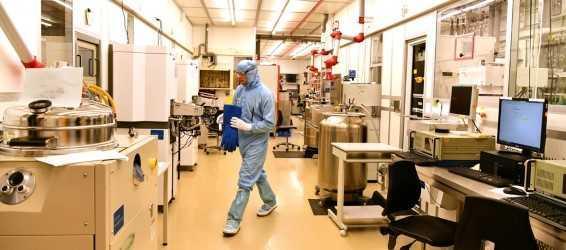
Staying up to date through collaboration
Collaboration in an ever-evolving scientific landscape is vital to keep up with new developments. For example, Casimir has been instrumental in forming a base for large research projects such as NanoFront, a Gravitation program that supports highly ambitious and collaborative projects to tackle some of the biggest questions in science. NanoFront explores the frontiers of nanoscience in a synergetic program geared towards fundamental breakthroughs as well as technological innovations and applications.
Brecht Simon: A Leiden-taught physicist studies superconductors at TU Delft
MSc degree in Experimental Physics from Leiden University. Currently: PhD in the group of Toeno van der Sar, TU Delft.
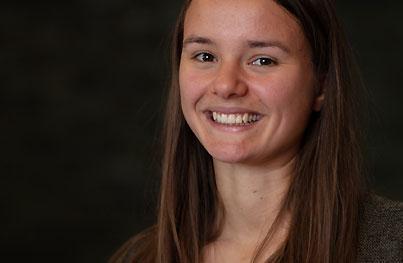 I obtained my master’s degree from Leiden University after working on two projects that characterized magnetic nanowires in the Magnetism and Superconducting materials group in Leiden and a project in Regensburg to characterize devices made from superconducting van der Waals materials and carbon nanotubes. I very much enjoyed the technical sides of these projects that entailed designing and fabricating systems that exhibit very different kinds of condensed matter physics.
I obtained my master’s degree from Leiden University after working on two projects that characterized magnetic nanowires in the Magnetism and Superconducting materials group in Leiden and a project in Regensburg to characterize devices made from superconducting van der Waals materials and carbon nanotubes. I very much enjoyed the technical sides of these projects that entailed designing and fabricating systems that exhibit very different kinds of condensed matter physics.
'I applied for my PhD project at TU Delft, because I learned about my current group that was just starting a new lab in Delft to study magnetic and superconducting systems using a very new technique, using a defect in the diamond lattice that is sensitive to magnetic fields.
As one of the first PhD students I also have the opportunity to build a completely new system for my project, which is the technical aspect that I was looking for in a PhD. The Casimir Research school provided help by means of courses, such as Electronics for Physicists, to improve my engineering skills, which was necessary for building such a new system. Casimir also provides access to social activities where you meet peers and other experts in the field.'
Danelon Lab
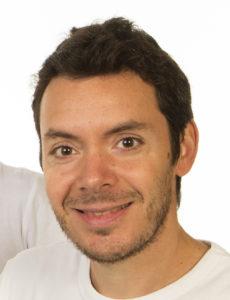 Dr. Christophe Danelon, Scientific Director of Casimir, also heads a research group at the Kavli Institute of Nanoscience, at the Technical University of Delft. The Danelon Lab is engaged in the long-term effort to build a synthetic cell using a bottom-up biology approach. The group also looks into origins of life questions, particularly on the emergence of RNA protocell models and on the influence of space radiation on prebiotic self-assembly processes.
Dr. Christophe Danelon, Scientific Director of Casimir, also heads a research group at the Kavli Institute of Nanoscience, at the Technical University of Delft. The Danelon Lab is engaged in the long-term effort to build a synthetic cell using a bottom-up biology approach. The group also looks into origins of life questions, particularly on the emergence of RNA protocell models and on the influence of space radiation on prebiotic self-assembly processes.
Find out more

